Home>Furniture & Design>Interior Design Trends>How Many Milliliters Is A Glass Of Water
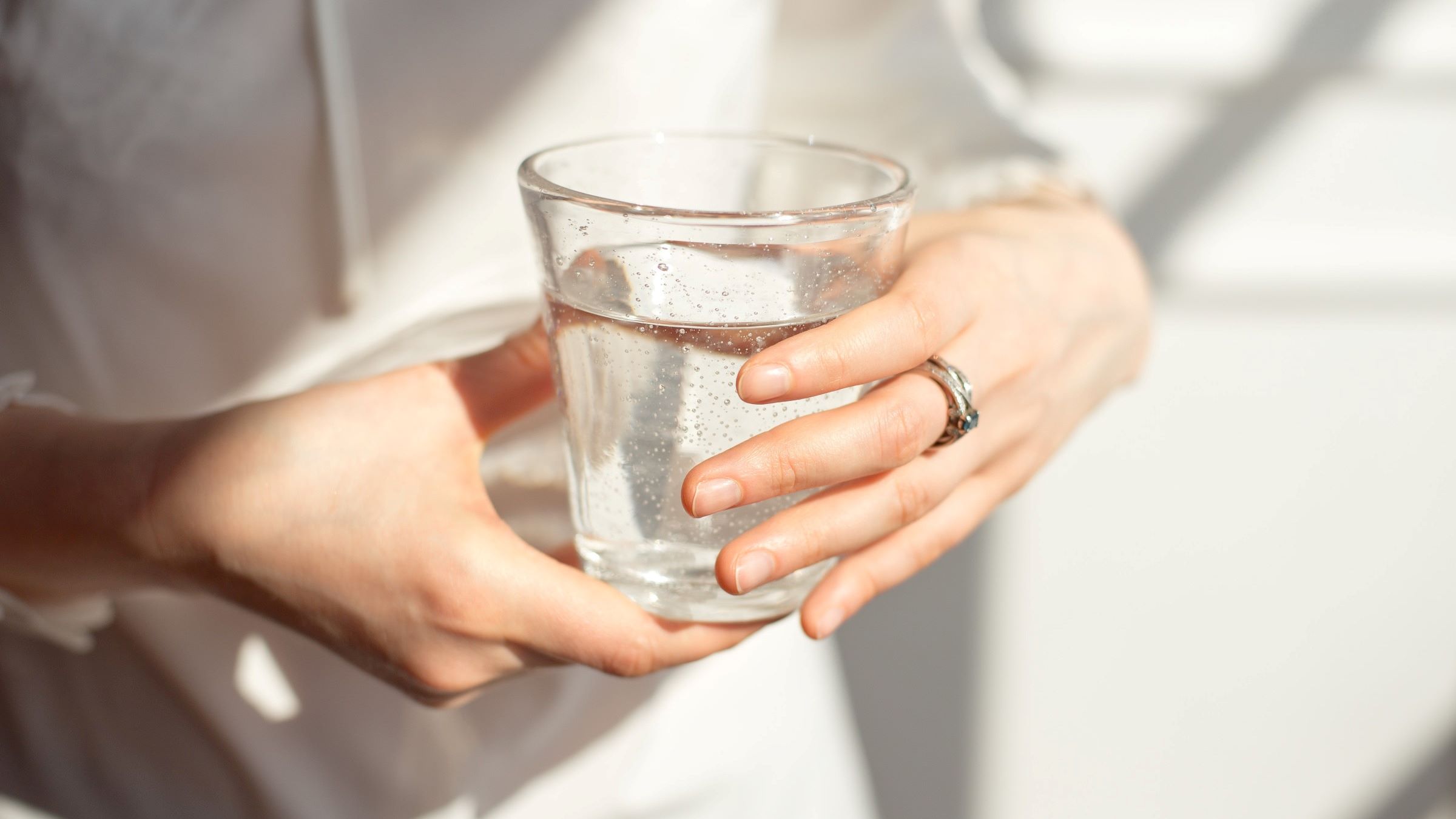

Interior Design Trends
How Many Milliliters Is A Glass Of Water
Modified: February 18, 2024
Discover the latest interior design trends and find out how many milliliters are in a standard glass of water. Stay updated with the latest in home decor and hydration.
(Many of the links in this article redirect to a specific reviewed product. Your purchase of these products through affiliate links helps to generate commission for Storables.com, at no extra cost. Learn more)
Introduction
When it comes to maintaining optimal health, staying hydrated is paramount. Water, the elixir of life, plays a crucial role in keeping our bodies functioning at their best. Whether it's quenching our thirst, aiding digestion, regulating body temperature, or supporting various bodily functions, water is an indispensable component of our daily lives. But have you ever wondered how much water is in a standard glass? Understanding the volume of water in a glass can provide valuable insights into our daily hydration needs.
In this article, we will delve into the intriguing question: "How many milliliters is a glass of water?" We will explore the standard size of a glass, the volume of water it typically holds, and the factors that can influence this volume. By shedding light on these aspects, we aim to empower you with the knowledge to make informed decisions about your hydration habits. So, let's embark on this enlightening journey to uncover the mysteries of the humble glass of water.
Key Takeaways:
- Stay hydrated by understanding that a standard glass holds about 8 to 12 ounces (240 to 350 milliliters) of water, helping you track your daily intake and make informed hydration choices.
- Factors like glass size, pouring technique, and temperature affect the volume of water in a glass, influencing your hydration experience and portion control.
Read more: How Many Milliliters Is A Glass Of Wine
Standard Glass Size
The standard size of a drinking glass can vary, but a typical glass holds around 8 to 12 ounces (240 to 350 milliliters) of liquid. This size is commonly used for serving water, juice, or other beverages in both domestic and commercial settings. However, it's important to note that the exact volume of a standard glass can differ based on cultural norms, regional preferences, and the specific purpose for which it is intended.
In the United States, the standard glass size for water and other beverages is often defined as 8 ounces (240 milliliters). This size is commonly used in households and restaurants, offering a convenient and practical serving for individual consumption. On the other hand, in some European countries, the standard glass size for water is slightly larger, typically around 12 ounces (350 milliliters). This variance reflects cultural differences in drinking habits and portion sizes.
Furthermore, the design of drinking glasses can also influence their standard size. For instance, tumblers, which are versatile and commonly used for serving water, tend to hold around 8 to 10 ounces (240 to 300 milliliters) of liquid. Meanwhile, taller glasses, such as highball or collins glasses, may have a larger capacity, often ranging from 10 to 12 ounces (300 to 350 milliliters), making them suitable for serving generous portions of water or mixed drinks.
In commercial settings, such as bars and restaurants, the standard glass size for water may align with industry norms and customer preferences. For instance, water glasses used in fine dining establishments may have a larger capacity, providing ample hydration for patrons during their dining experience. Conversely, casual dining venues or fast-food establishments may opt for smaller standard glass sizes to accommodate quick service and limited table space.
Understanding the standard size of a drinking glass is essential for gauging the volume of water it can hold. This knowledge empowers individuals to make informed choices about their hydration needs and ensures that they can easily track their daily water intake. By being aware of the standard glass size, individuals can take proactive steps to maintain optimal hydration levels, supporting their overall health and well-being.
Volume of Water in a Glass
The volume of water in a glass is a crucial consideration when it comes to understanding our daily hydration needs. As mentioned earlier, the standard size of a drinking glass typically ranges from 8 to 12 ounces (240 to 350 milliliters). When it comes to water, this translates to approximately 240 to 350 milliliters of liquid, depending on the specific size of the glass.
For instance, a standard 8-ounce (240 milliliters) glass can hold a sufficient amount of water to quench thirst and contribute to daily hydration goals. This size is commonly used for individual servings of water and is a convenient option for tracking water intake throughout the day. On the other hand, a larger 12-ounce (350 milliliters) glass provides a more generous serving of water, catering to those who prefer larger portions or wish to minimize the frequency of refills.
Understanding the volume of water in a glass is particularly valuable for individuals who are mindful of their hydration habits. By knowing the approximate milliliter measurement of a standard glass, people can easily gauge their water consumption and ensure they are meeting their daily hydration targets. This knowledge also facilitates effective portion control, allowing individuals to adapt their serving sizes based on their specific hydration needs and lifestyle preferences.
Moreover, being aware of the volume of water in a glass enables individuals to make informed choices about the quantity of water they consume during meals, physical activities, or leisure time. Whether it's enjoying a refreshing glass of water with a meal, staying hydrated during exercise, or simply quenching thirst throughout the day, understanding the volume of water in a glass empowers individuals to maintain a healthy and balanced approach to hydration.
In summary, the volume of water in a glass, typically ranging from 240 to 350 milliliters, plays a pivotal role in shaping our hydration habits. By recognizing the approximate milliliter measurement of a standard glass, individuals can proactively manage their water intake, promote overall well-being, and embrace a lifestyle that prioritizes optimal hydration.
A standard glass of water is typically 8 ounces, which is equal to 240 milliliters. So, a glass of water is about 240 milliliters.
Factors Affecting the Volume of Water in a Glass
Several factors can influence the volume of water in a glass, impacting the serving size and, consequently, our hydration habits. Understanding these factors is essential for gaining insights into the dynamics of water consumption and ensuring that individuals can make informed choices about their daily hydration needs.
-
Glass Size and Shape: The physical dimensions of a glass, including its height, diameter, and overall shape, can significantly affect the volume of water it can hold. Taller glasses with larger diameters have a greater capacity, allowing them to accommodate more water compared to shorter, narrower glasses. Additionally, the curvature and design of the glass can influence the distribution of liquid, affecting the perceived volume and the actual amount of water it can contain.
-
Pouring Technique: The manner in which water is poured into a glass can impact the perceived and actual volume of the liquid. Factors such as the angle of pouring, the speed of the pour, and the distance between the source of water and the glass can influence the amount of water that fills the glass. A steady, controlled pour may result in a more accurate volume, while a rapid or uneven pour could lead to variations in the amount of water dispensed.
-
Temperature and Density: The temperature of the water can affect its density, thereby influencing the volume it occupies in a glass. Warmer water is less dense than cold water, potentially leading to a slightly larger volume when poured into a glass. Understanding this phenomenon is important for individuals who prefer specific water temperatures and wish to account for any variations in volume based on temperature-related density changes.
-
Surface Tension and Meniscus: Surface tension, the cohesive force that holds water molecules together, can cause a slight curvature at the top of the water level in a glass, known as the meniscus. This curvature can impact the perceived volume of water, especially in narrow glasses, where the meniscus may create an optical illusion of a higher or lower water level than the actual volume. Being mindful of the meniscus can help individuals accurately assess the amount of water in a glass.
-
Ice and Additional Ingredients: When serving water with ice or adding other ingredients, such as lemon slices or mint leaves, to enhance flavor, the overall volume of the liquid in the glass may be affected. Ice cubes displace a portion of the water, reducing the available space for liquid, while additional ingredients can alter the total volume. Considering these factors is important for accurately estimating the actual water content in a glass when serving enhanced or chilled water.
By recognizing the multifaceted nature of these factors, individuals can develop a deeper appreciation for the nuances of serving water in a glass. This awareness empowers them to navigate the intricacies of water consumption, make mindful choices about portion sizes, and ultimately optimize their hydration experiences.
Conclusion
In conclusion, the simple act of pouring a glass of water unveils a fascinating interplay of factors that influence the volume of liquid held within. From the standard size of the glass to the pouring technique, temperature variations, and the presence of additional ingredients, each element contributes to the dynamic nature of water serving. Understanding the approximate volume of water in a standard glass, typically ranging from 240 to 350 milliliters, empowers individuals to make informed decisions about their hydration habits.
By recognizing the multifaceted nature of these factors, individuals can develop a deeper appreciation for the nuances of serving water in a glass. This awareness empowers them to navigate the intricacies of water consumption, make mindful choices about portion sizes, and ultimately optimize their hydration experiences.
Moreover, the knowledge of the volume of water in a glass enables individuals to track their daily water intake effectively, ensuring that they meet their hydration goals and maintain optimal well-being. Whether it's savoring a refreshing glass of water with a meal, staying hydrated during physical activities, or simply quenching thirst throughout the day, understanding the volume of water in a glass equips individuals with the insights to embrace a lifestyle that prioritizes hydration.
As we unravel the mysteries of the humble glass of water, we gain a deeper appreciation for the significance of this essential element in our daily lives. From its role in supporting bodily functions to its ability to refresh and revitalize, water remains a cornerstone of holistic well-being. By embracing a mindful approach to water consumption and leveraging our understanding of the volume of water in a glass, we can embark on a journey towards sustained hydration, vitality, and overall health.
In essence, the next time you pour a glass of water, take a moment to appreciate the intricate dynamics at play, knowing that within that simple vessel lies the potential to nurture and sustain the remarkable complexity of the human body. Let this awareness guide your choices, inspire your habits, and elevate your well-being as you savor the timeless gift of water—one glass at a time.
Frequently Asked Questions about How Many Milliliters Is A Glass Of Water
Was this page helpful?
At Storables.com, we guarantee accurate and reliable information. Our content, validated by Expert Board Contributors, is crafted following stringent Editorial Policies. We're committed to providing you with well-researched, expert-backed insights for all your informational needs.
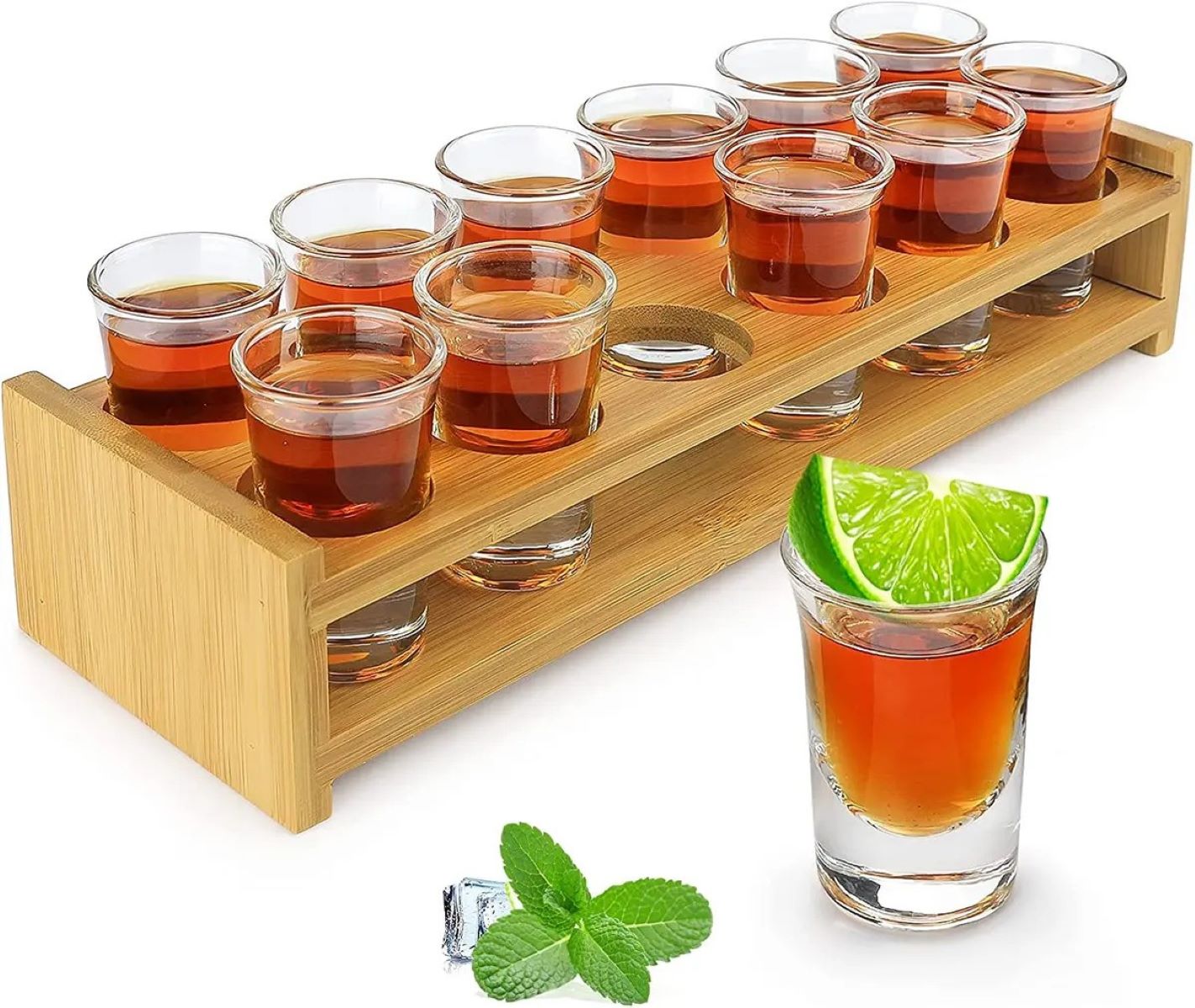
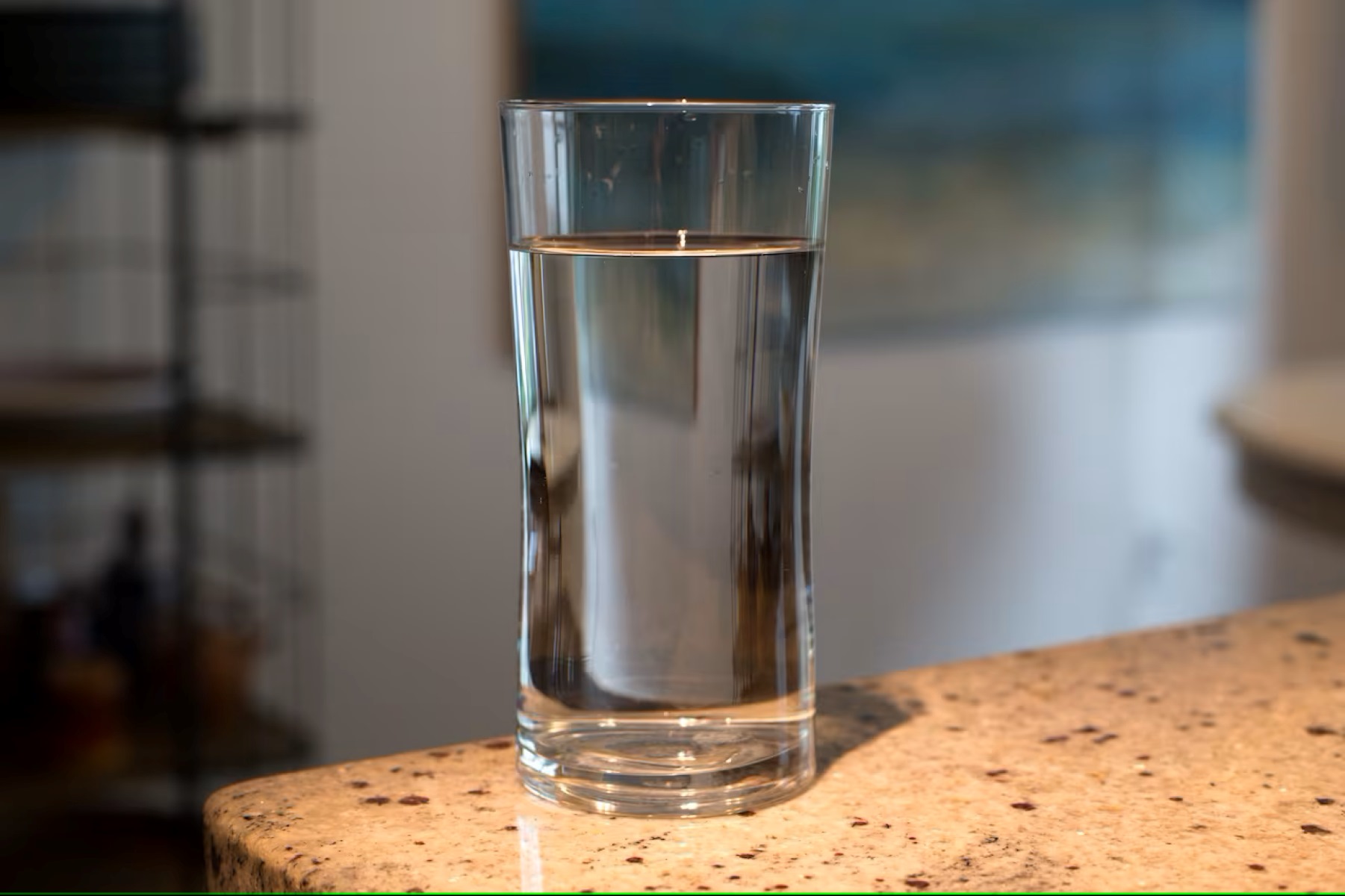
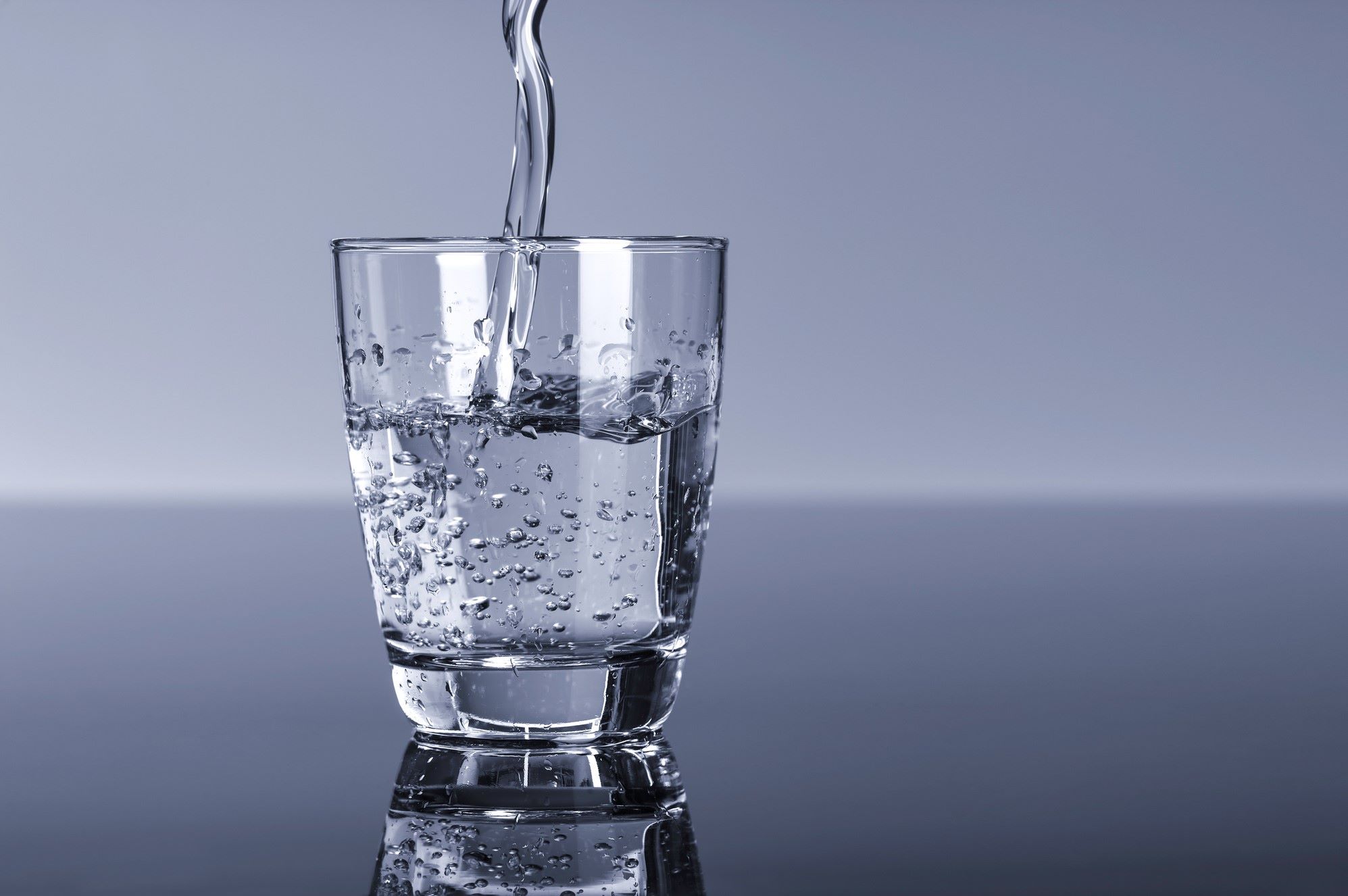
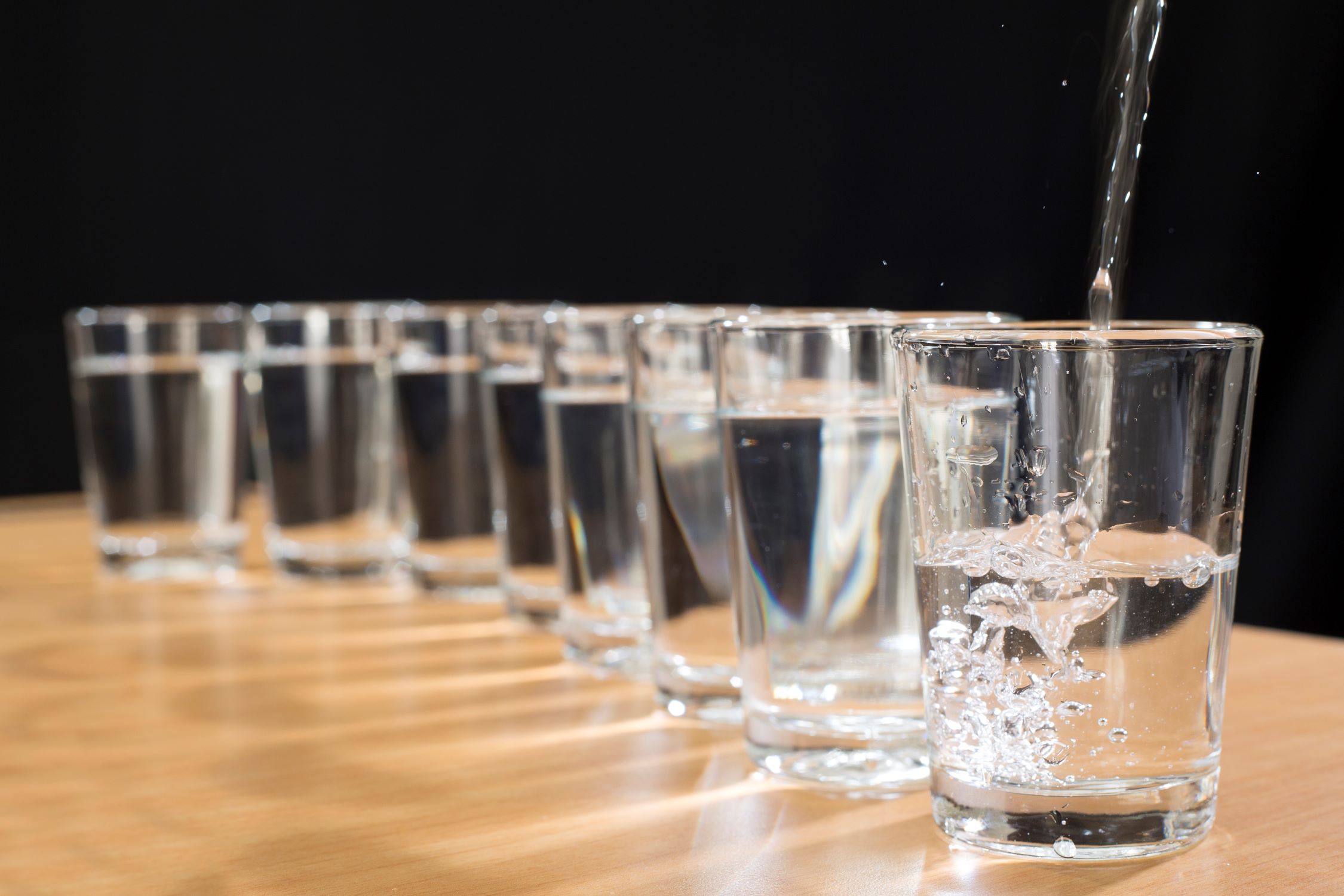
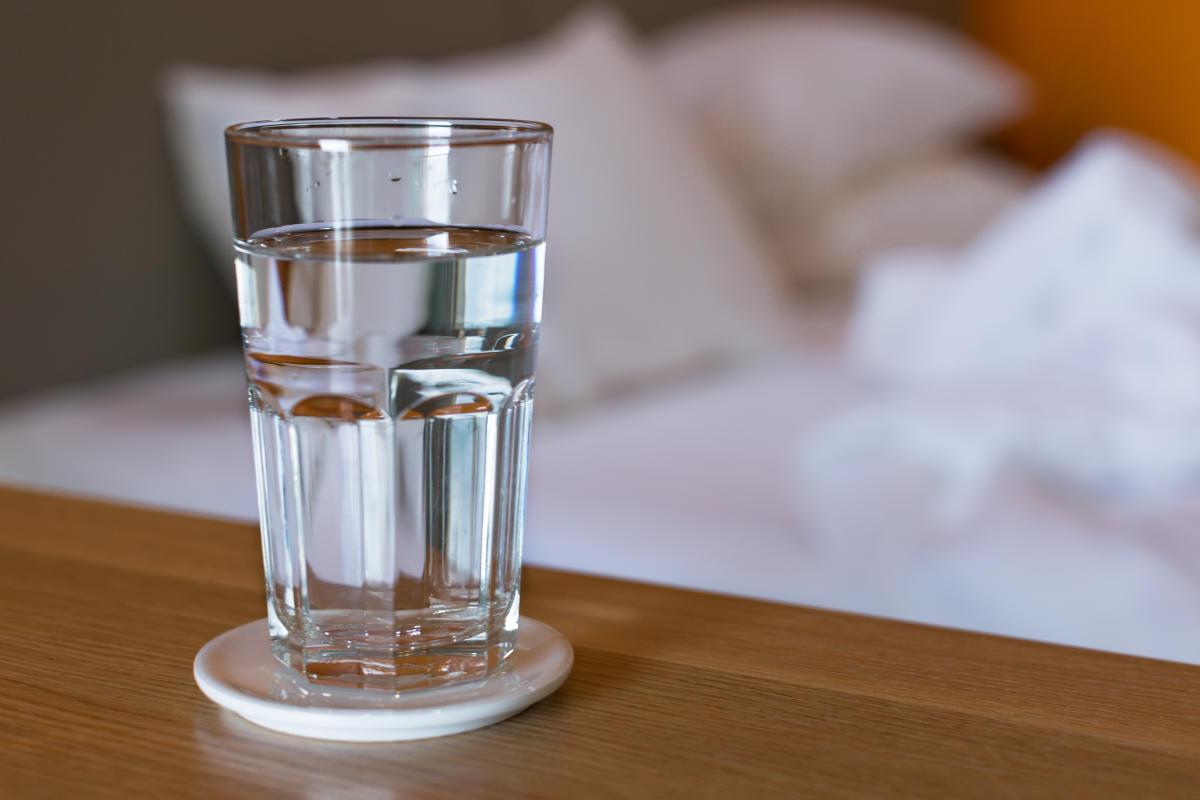
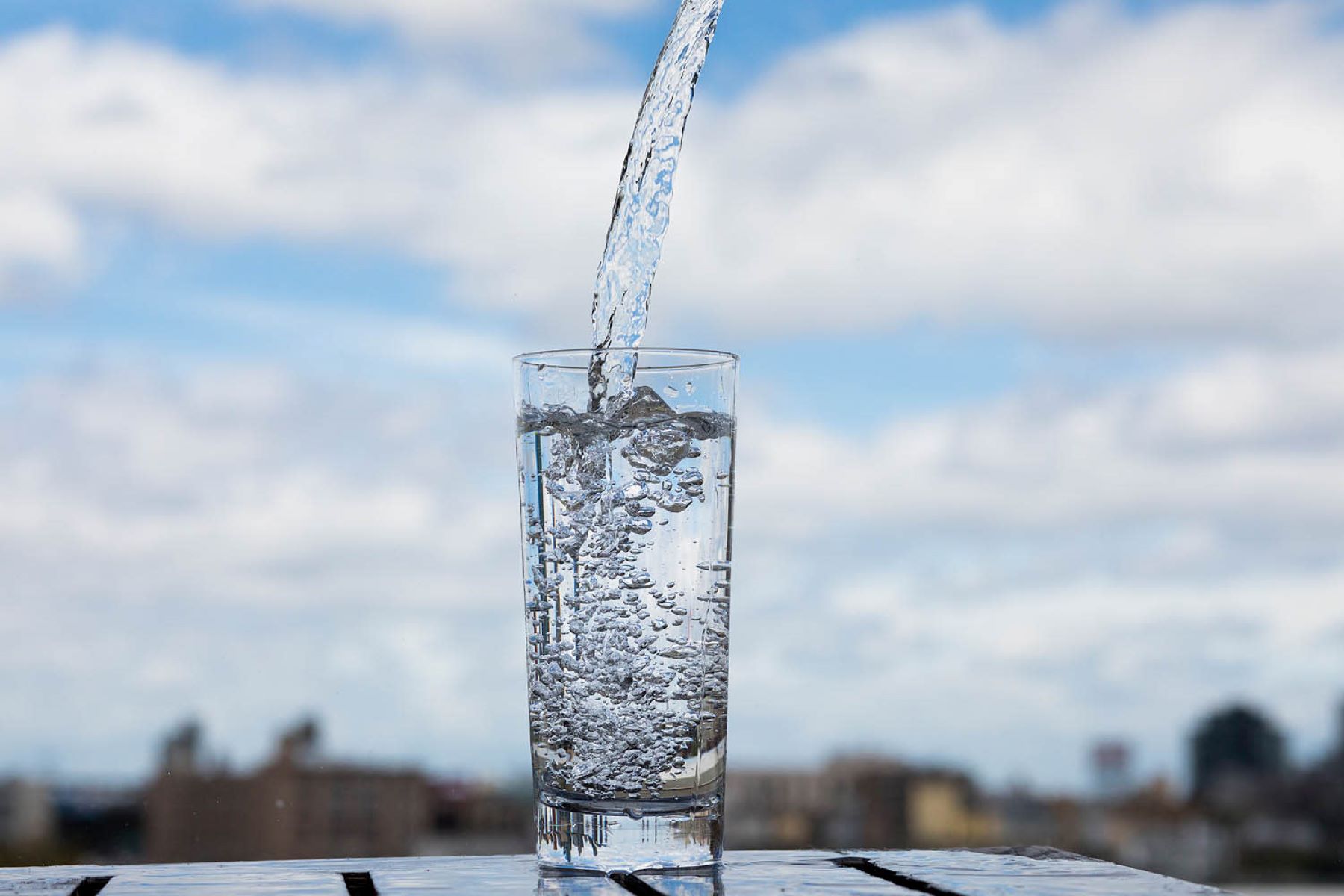
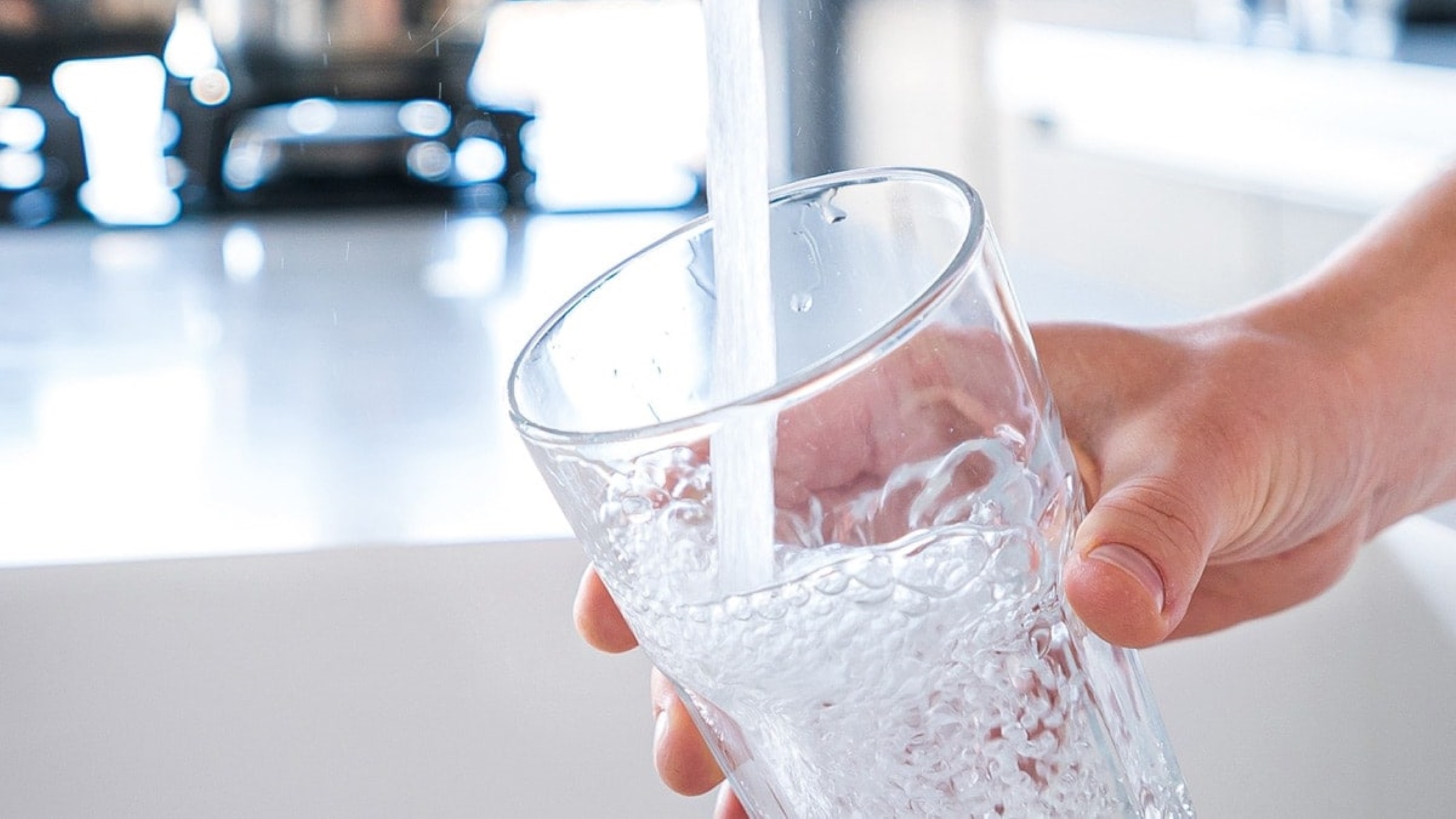
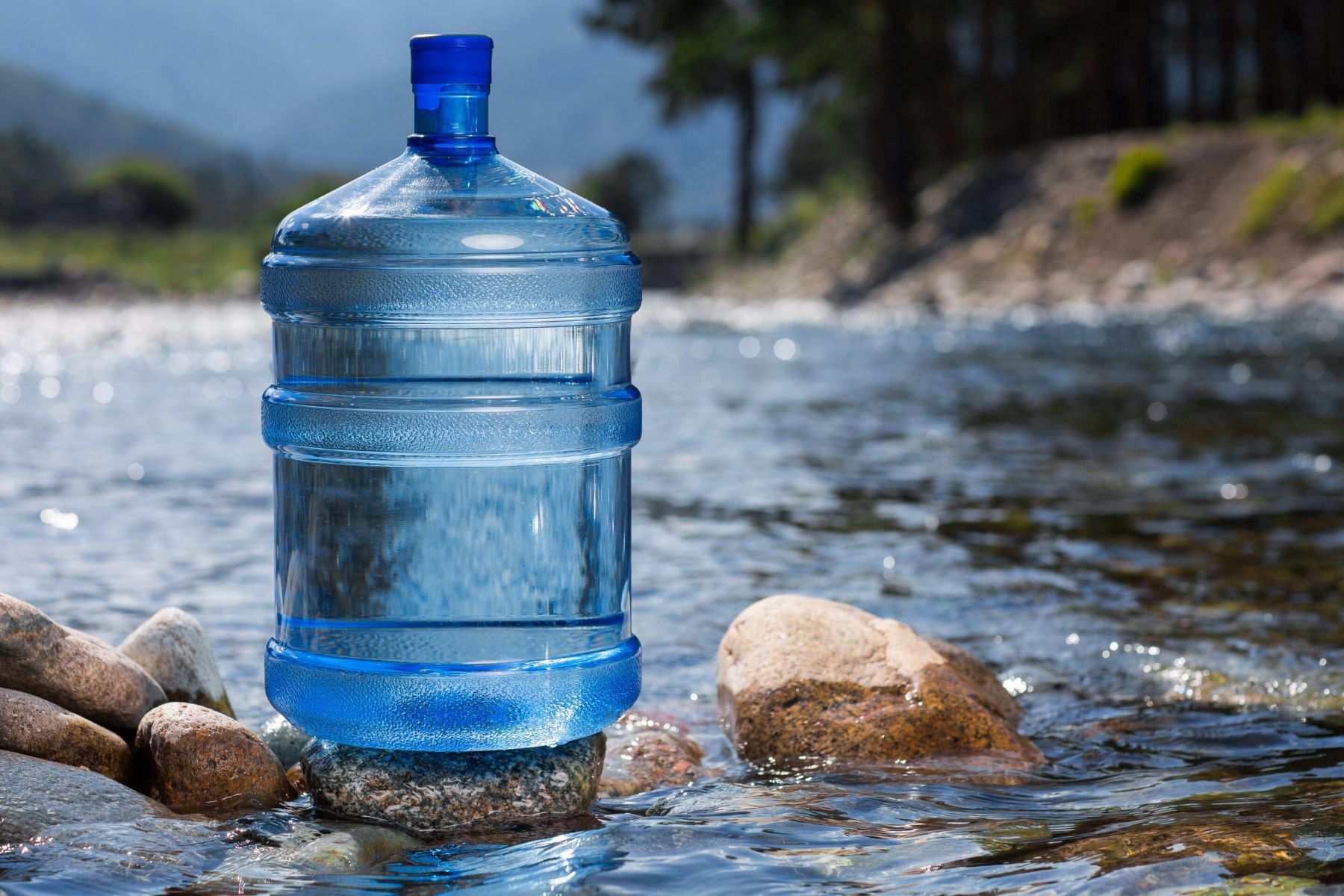
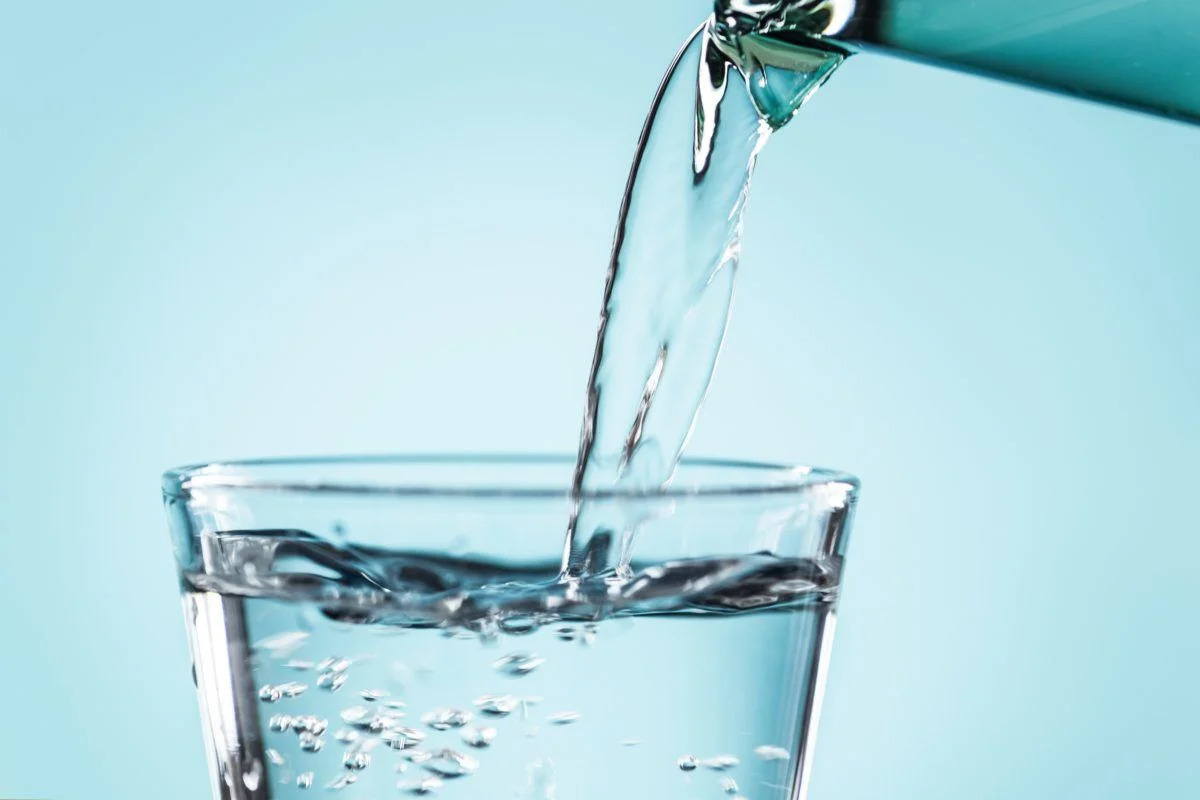
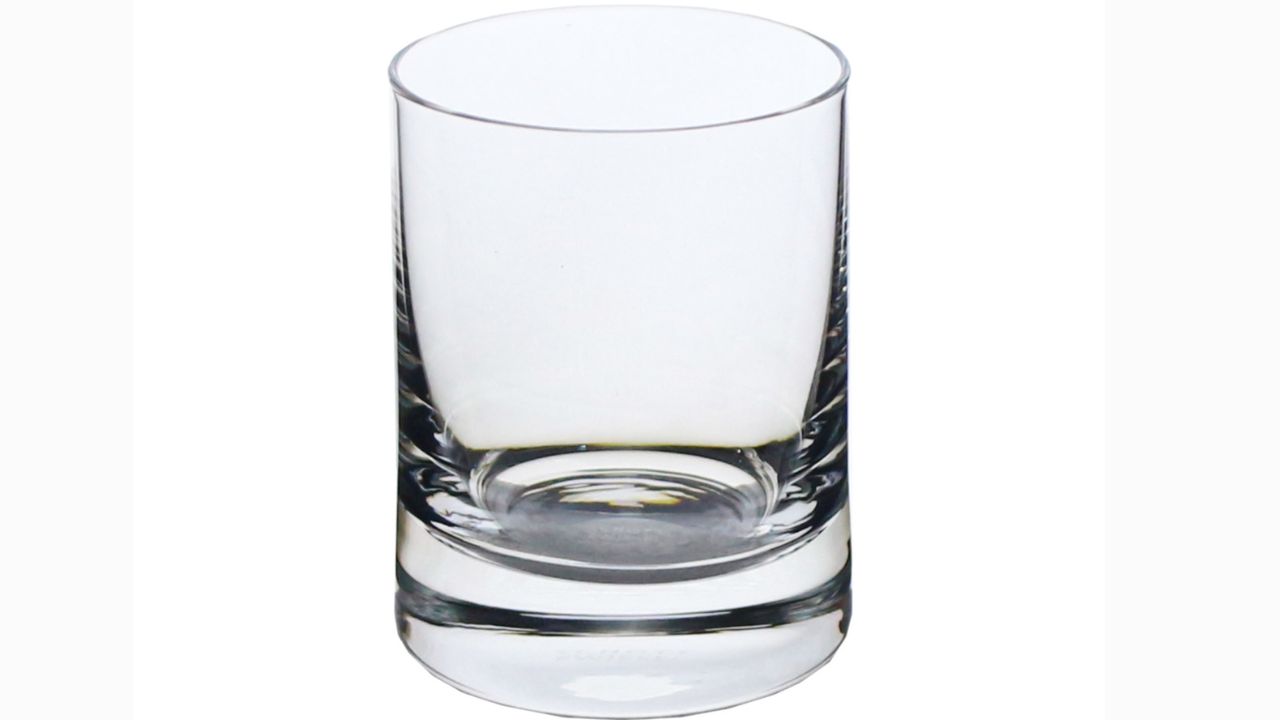
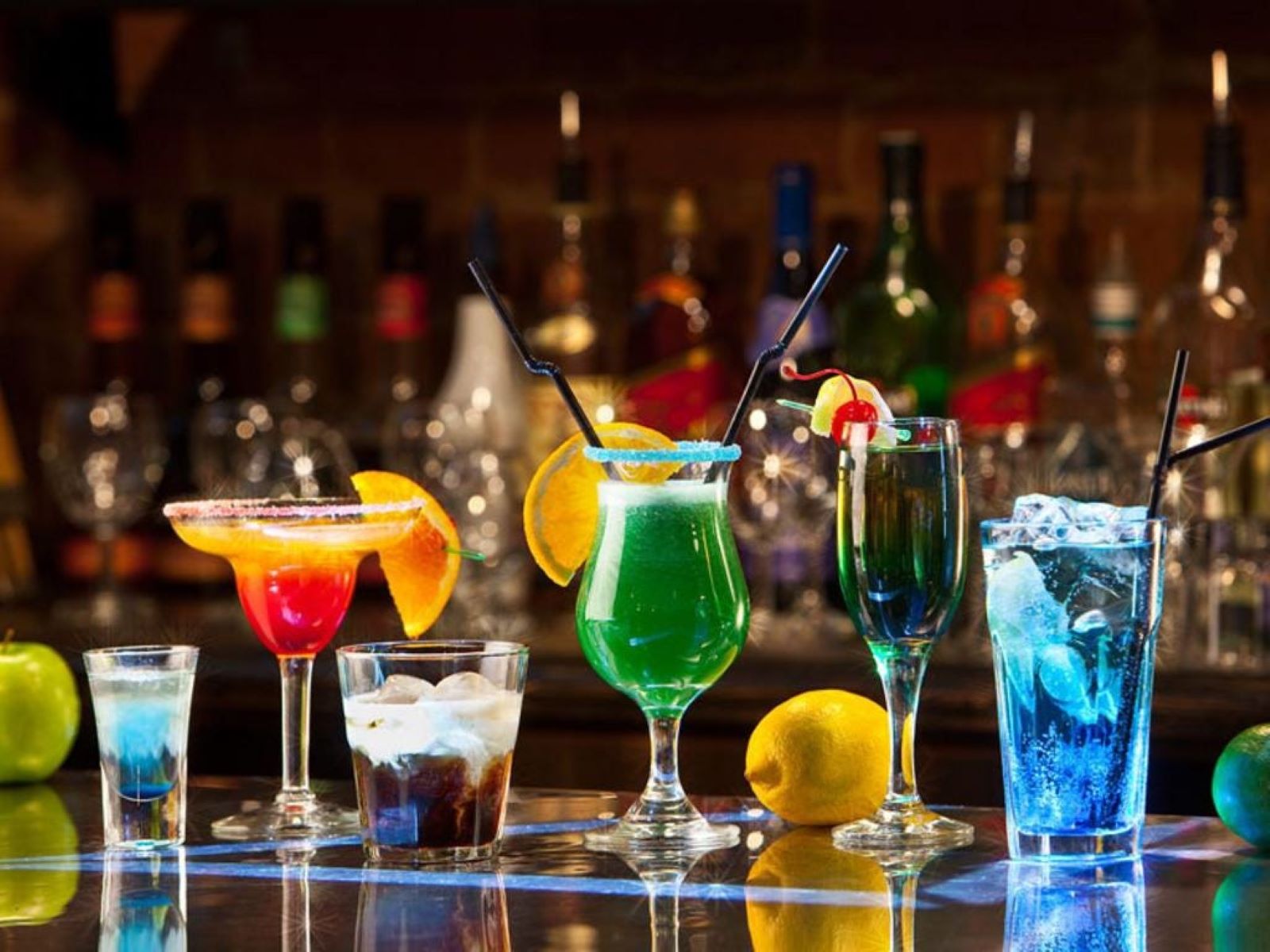
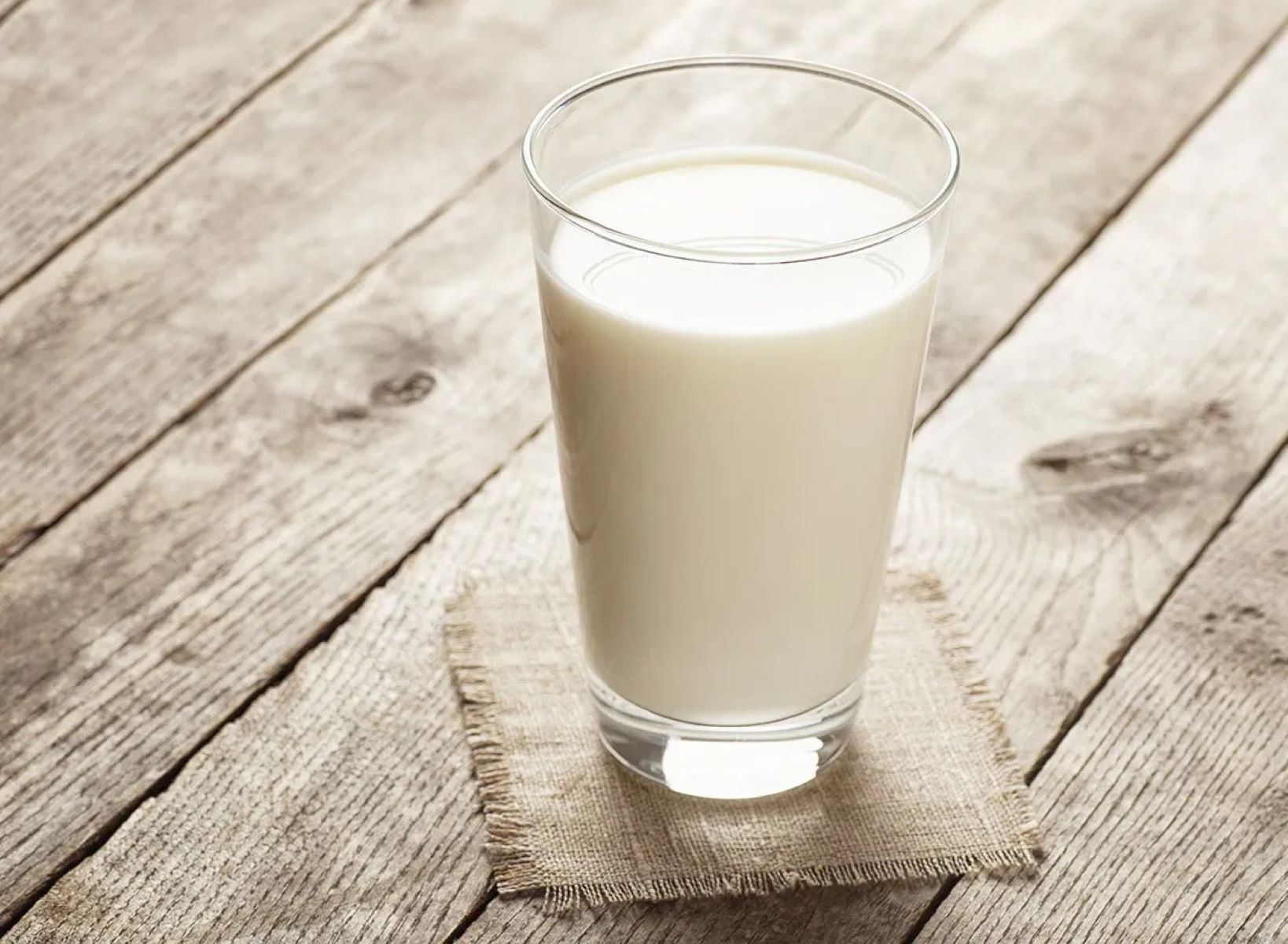
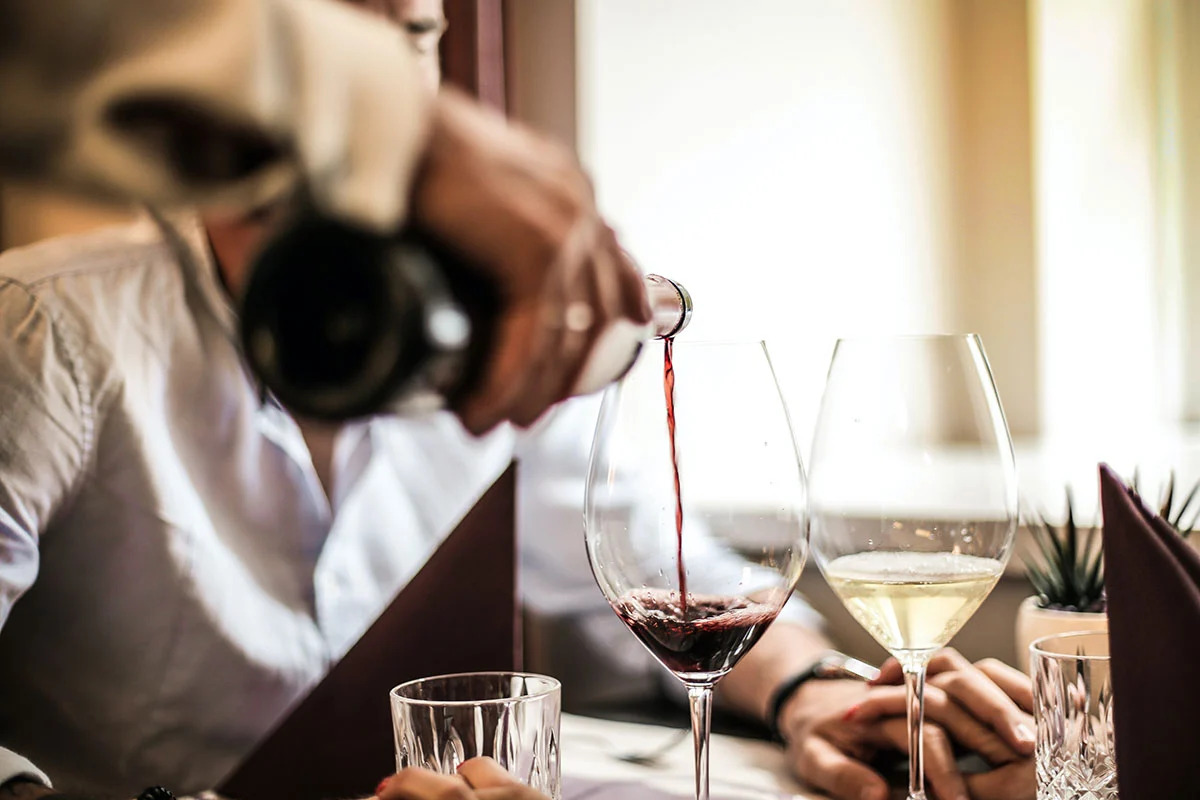
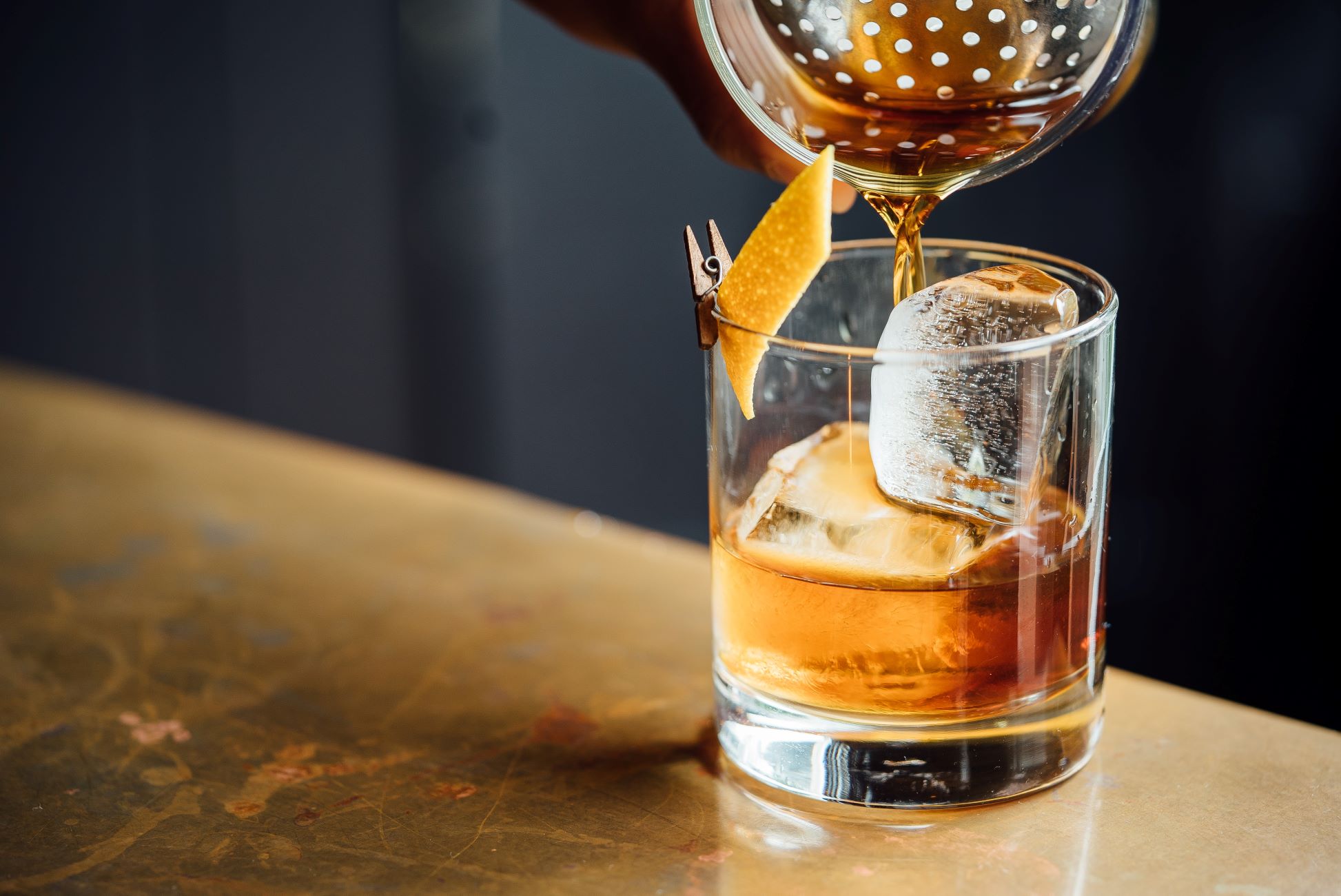
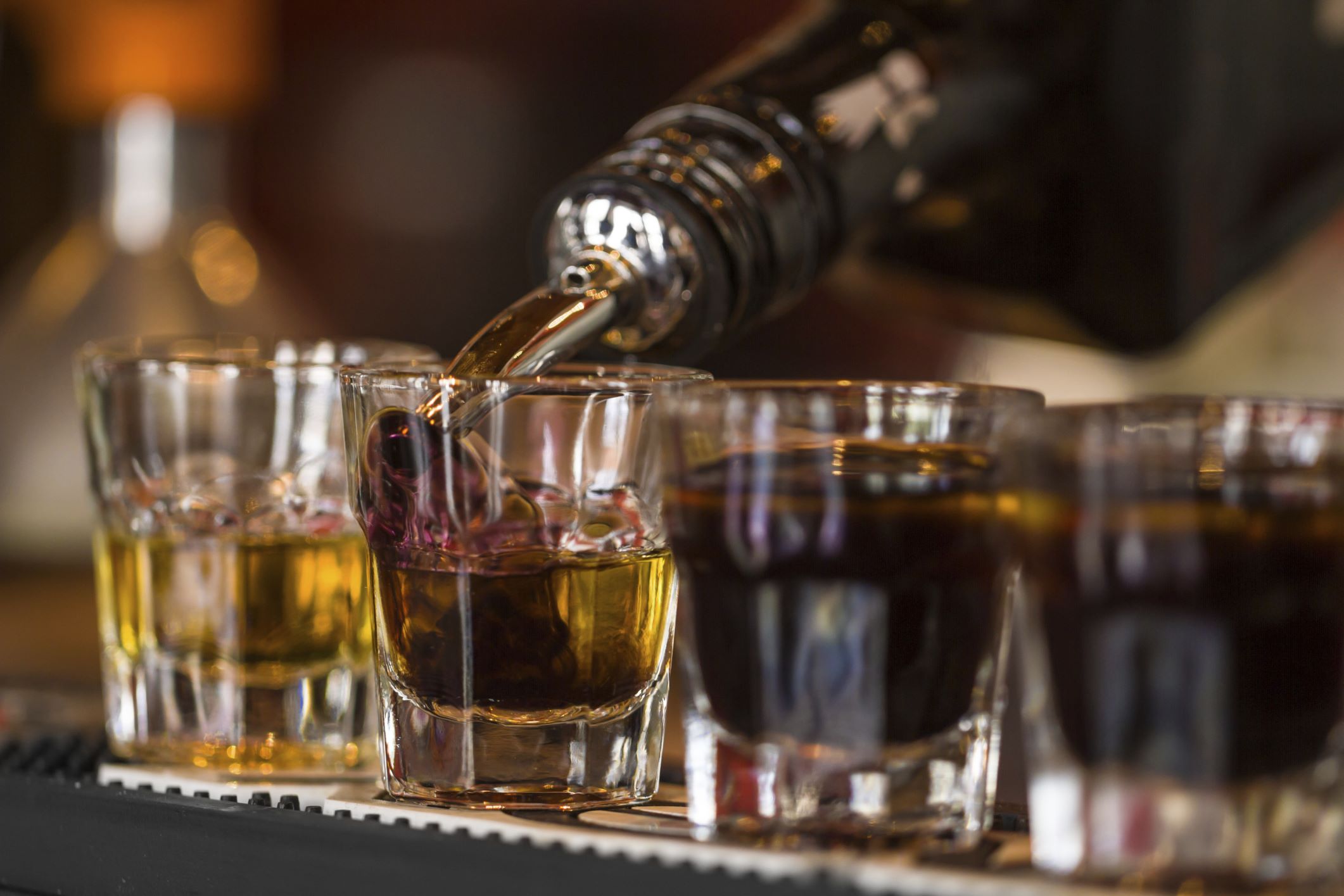

0 thoughts on “How Many Milliliters Is A Glass Of Water”